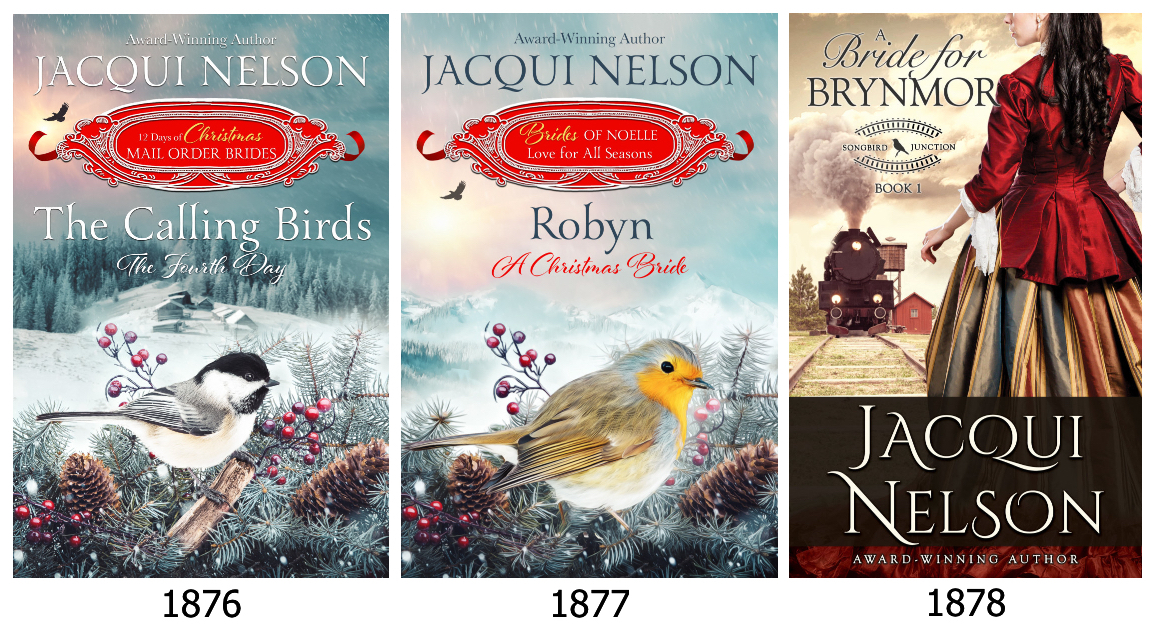
In my new release, A BRIDE FOR BRYNMOR, my hero is Brynmor Llewellyn (a Welsh American who runs a freight business with his sister and brothers in Colorado) and my heroine is Lark (an Irish-Cree Métis singer and musician from the Qu’Appelle Valley in Canada).
Who are the Métis?
The Métis are specific cultural communities who trace their descent from First Nations (Native American) women and European men who came together with the fur trade in Canada and the United States.
Their unions were often called marriage à la façon du pays which meant “according to the custom of the country.” Written with a lowercase m, métis is the French word for “mixed.”

The Trapper’s Bride by Alfred Jacob Miller, 1837
In Canada, the women in these unions were (in the east) Wabanaki, Algonquin, and Menominee and (in the west) Saulteaux, Cree, Ojibwe, Nakoda, and Dakota/Lakota. The men were fur trappers mainly from France (but later also from Scotland, England, and occasionally Ireland). Their children grew up mostly in their mothers’ cultures but were often also introduced to European traditions.
The Métis were (and still are) very musical
Their instruments were portable and easy to tune and play be ear. Favorites were the violin, mouth-organ, accordion, jaw harp, comb, and spoons. Some sources say there was rarely a Métis home without a fiddle.
In A BRIDE FOR BRYNMOR, my heroine is forced to give an impromptu performance in a remote cabin and plays the spoons—her favorite instrument after the hurdy-gurdy.
While people of Métis heritage are found all across Canada, an area where their culture developed as a distinct ethnicity is the Red River Valley in Manitoba. This region extends south across the border into North Dakota and Minnesota.
In the map below, the Red River is in pink and the Red River drainage basin is in yellow.

Red River Valley & the Qu’Appelle Valley
But why is my heroine from the Qu’Appelle Valley (shown north of Regina on the map)?
Lark might have come from anywhere, even from the Red River Valley. All those R’s give it a nice sound. And Lark is a singer and musician, so sounds are extra important to her. But it’s all backstory anyway. So why does it matter?
It matters because I love history, and I love giving my characters a connected history.
What’s the Qu’Appelle connection?
The Qu’Appelle River and Valley got their name from a Cree legend about a spirit that traveled up and down the river. The Cree told the fur traders they often heard a voice calling, “Kâ-têpwêt?” When the Cree responded to the call, it would echo back.
In French, “Kâ-têpwêt” means “Qui appelle.” And in English that’s “Who is calling?”
The word “calling” is the connection. Qu’Appelle is the perfect place for Lark to be from not only because she is part Cree, but because A BRIDE FOR BRYNMOR (set in January 1878) is really a sequel to Brynmor’s sister’s story, ROBYN: A CHRISTMAS BRIDE (set a month earlier in December 1877). And Robyn’s book is the sequel to THE CALLING BIRDS (set a year earlier in December 1876) whose heroine, Birdie, is French-Canadian.

Qu’Appelle is a historical callback (and tribute) to those previous stories and their characters—several of whom make an appearances in A BRIDE FOR BRYNMOR (book 1 in my Songbird Junction series). It’s all in the family, whether they are connected by blood or by love. From Birdie to Robyn to Lark. But it doesn’t end there.
There are Oriole and Wren—Lark’s sisters-of-the-heart.
They became family while growing up in a missionary orphanage after their Cree mothers died. Now they’re a songbird troupe under the control of a lying and abusive manager who calls himself their uncle. Lark, Oriole, and Wren’s goal is to finally escape him and start a new life. A goal that Brynmor, Heddwyn, and Griffin are determined to help them achieve.
If you want to know more about A BRIDE FOR BRYNMOR, read the book blurb and opening scene on my website’s book page.
( this blog post was originally shared on Petticoats & Pistols on Oct 25/19 )
